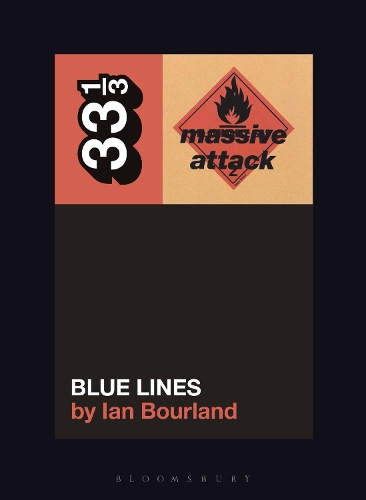
Massive Attacks Blue Lines
(Paperback)
Publishing Details
Massive Attacks Blue Lines
By (Author) Ian Bourland
Bloomsbury Publishing PLC
Bloomsbury Academic USA
17th October 2019
17th October 2019
United States
Classifications
General
Non Fiction
Musicians, singers, bands and groups
Composers and songwriters
Electronic music
781.648
Physical Properties
Paperback
160
Width 120mm, Height 164mm, Spine 12mm
140g
Description
In 1991, a loose-knit collective released a record called Blue Lines under the name Massive Attack, splicing together American hip-hop and soul with the sounds of the British underground. With its marauding bass lines, angular guitars, and psychedelic effects, Blue Lines built on the Caribbean soundsystems and nascent rave scene of the 1980s while also looking ahead to the groups signature blend of epic cinematics and lush downtempo. In the process, Blue Lines invented an entirely new genre called trip hop and launched the career of a rapper named Tricky. Ultimately, Blue Lines created the sonic playbook for an emerging future: hybrid, digital, cosmopolitan, and rooted in the black and immigrant communities who animated the urban wreckage of the postindustrial city. Massive Attack envisioned an alternate future in sharp counterpoint to the glossy triumphalism of Brit Pop. And while the group would go on to bigger things, this record was both a warning shot and a definitive statement that sounds as otherworldy today as on the day of its release. As Blue Liness iconic flame logo spun on turntables the world over, Massive Attack and their spaced-out urban blues reimagined music for the 1990s and beyond.
Author Bio
Ian Bourland is Assistant Professor of Art History at Georgetown University, USA.
